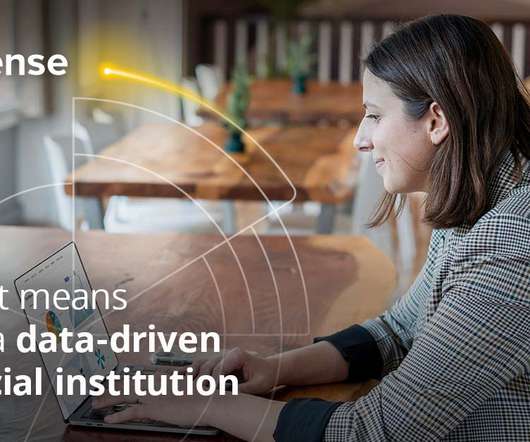Rebooting expectations to connect and lead in more meaningful ways
CIO Business Intelligence
SEPTEMBER 22, 2022
This echoes some existing sentiment, especially around D&I, for instance, but the discipline of success lies in not only thinking 10 years ahead but also walking it back to the present to account for progress—a model that has given the IFTF a consistent track record of successfully forecasting futures. “I













Let's personalize your content